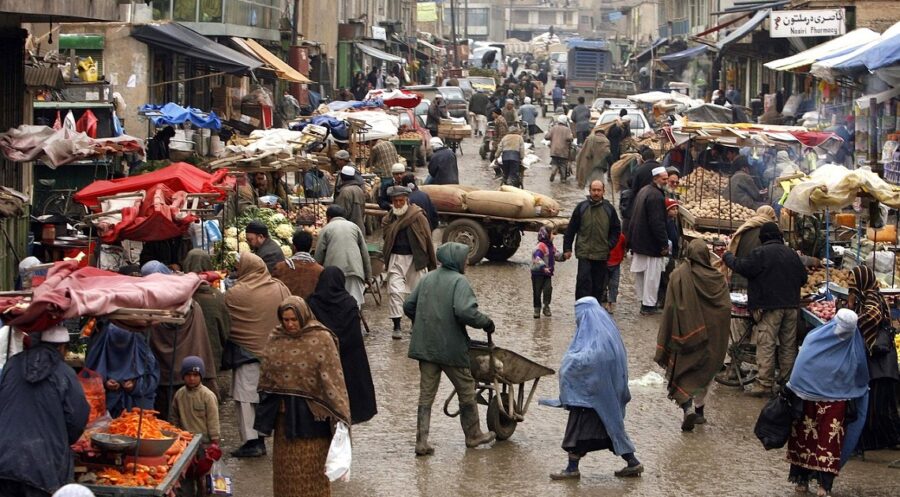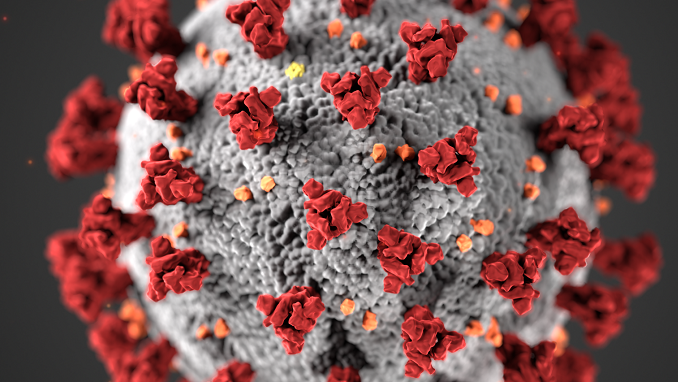Following the directive prohibiting women from working as NGO personnel, the Humanitarian Access Working Group (HAG) and the Gender in Humanitarian Action (GiHA) Working Group conducted a third round of the survey to identify operational patterns in the field, according to a press release.
The following snapshot of 125 responses from NGOs, INGOs, and UN agencies three weeks after the ban revealed the following major findings:
With 93% of organizations observing a change in their access to women, organizations are having an increased influence on this issue, the press release states.
The ban’s effects are still being felt, particularly in how groups are able to evaluate the needs of impacted women and get their input on the humanitarian aid that has been given.
Eighty-one percent more firms (up from 65% in the previous snapshot) reported that their female employees are unable to attend work.
The fact that a number of businesses shifted from partially functional to completely operating at the same time (from 17% of organizations in the previous snapshot to 22% in the current snapshot) suggests that activities may be picking up again with men as the only staff members.
While the delivery of aid and money was permitted to continue, surveillance and other special protection measures for women had to be discontinued. This demonstrates how the restriction continues to have an influence on the effectiveness of the response and on some services for women, per the press release.
Although partners are using the exclusions to continue their operations, they come with several restrictions and cannot be used entirely (55% claim they can only use the sectoral exemptions partially).
However, several partners have been able to resume the work with female personnel thanks to local agreements, either with the DfA or with community leaders, according to the ReliefWeb press release.



